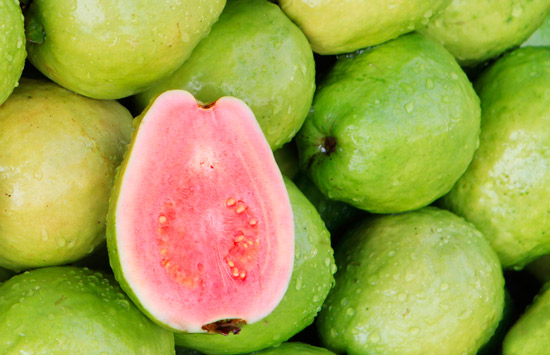Posted by Editor | Comments Off on What Can You Get from Whole Wheat Food?
What Can You Get from Whole Wheat Food?
Most of the diet regimen you might have read about almost always included whole grain and fiber, but do you know what can get from such food?

What is whole grain and refined grain?
Grain refers to food made from wheat, oats, corn, rice, and other related cereals. Whole grain contains all three major parts of a kernel, such as the germ, bran, and endosperm, which are high in nutrients. Whole grain for some people are less tasty than refined grain and have a shorter shelf-life.
Refined grain on the other hand, refers to grains that have been milled or ground into meal or flour to remove the bran or the germ in the kernels. Some refined grains are fortified with the missing vitamins and minerals, but still retain the fine texture and longer shelf-life.
What are the nutrients found in whole grain?

Whole grain food contains fiber, B vitamins (riboflavin, thiamin, niacin, and folate), iron, magnesium, and selenium. Although the nutrient content will vary based on the type of grain, the dietary fiber is the most important benefit you can get from the food. It will help individuals who are trying to lose weight and keep their blood glucose levels and blood pressure manageable.
How do I find whole grain food?
Some food manufacturers label their wheat products as whole wheat even if they’re not, so make sure to look at the list of ingredients and the food nutrition label (look for the “nutrition facts” table).
A whole grain food should have “whole grain” listed first and the dietary fiber included in the nutrition label. Some products will also include a “heart check” seal, which indicates that the food has limited trans fat, saturated fat, sugar, and sodium.

What is dietary fiber?
Dietary fiber cannot be digested, but will help your body reduce bad cholesterol. It can either be soluble or insoluble and can hold excess water, help digestion, redistribute fat, cut inflammation markers, and reduce LDL cholesterol. Some dietary fiber sources, however, are high in saturated fat, sodium, and added sugar, so read the labels thoroughly.
What are the examples of whole grain?
Some examples of whole grain include whole wheat, brown rice, whole grain barley, wild rice, whole grain corn, oatmeal, whole oats, whole rye, freekeh, buckwheat, bulgur, quinoa, and whole wheat couscous.
The amount of grains your body needs will depend on your age and calorie needs. For example, a 2,000-calorie diet requires 25 grams of fiber daily, so the grains in your diet must be at least one-half whole grains.

What are gluten intolerance and celiac disease?
Unfortunately, not everyone is supposed to eat whole wheat, because of gluten intolerance and celiac disease. The former refers to an individual’s sensitivity to gluten found in most grain products. On the other hand, celiac disease, which is different from gluten intolerance, will cause the body to attack the small intestine that absorbs nutrients from whole wheat food.
Read MorePosted by Editor | Comments Off on Everything You Need to Know About Milk
Everything You Need to Know About Milk
Everyone knows about milk – it’s rich in calcium and protein, which helps build strong bones and lower blood pressure. But because it’s so universal, it’s easy to ignore that this is a crucial part that adds to an overall healthy diet and lifestyle.
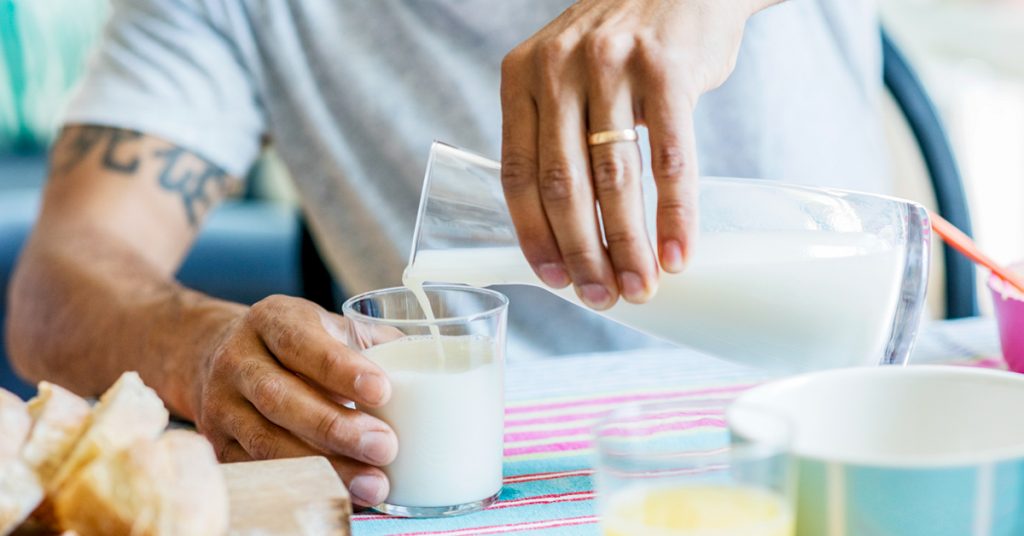
Aside from adding to a nutrient-rich meal with lots of fruits and vegetables, a glass of milk is also a great way to start and end a day. It can even be a sports drink for an athletes looking to replenish lost electrolytes.
Why You Need Milk
While you might think you know enough about milk, there are more things you don’t probably already know about its other benefits for your body:

- It ‘s rich in Vitamin D – Sunlight isn’t the only way you can get your daily source of vitamin D, which is needed like calcium and phosphorus to keep bones healthy. You can also find it in a tall, cool glass of milk.
- It’s loaded in other nutrients – Riboflavin, Vitamin B12, potassium, phosphorus, and selenium can all be found in milk in addition to a healthy dose of eight grams of protein.
- It neutralizes spiciness – It contains a compound called casein, which is great at neutralizing the burn on spicy foods. If it gets a little too hot, grab that tall glass of whole milk!
- It may help with weight loss – The added protein in every glass of milk is a great way to help you with your fitness routine. It can even help with weight loss if you drink it after every meal since it can make you feel full.

Myths About Milk
There are also quite a few myths and misconceptions about milk you need to stop believing, such as the following:
- Plant- and nut-based milks are still dairy products – They are great subsitutes with their own benefits, but they’re not dairy products – they still have much lower levels of calcium and protein.
- Lactose intolerance means avoiding all dairy products – There are still friendly dairy options for those with lactose intolerance.
- Milk is low in other nutrients – The nutritional benefits of milk go beyond more than just calcium and protein. It also contains vitamins D and B12, which are necessary for the body’s development.

Adding Milk to Your Diet
There are more ways to adding milk than just drinking it by itself. You can also get the full benefits from milk by adding it into other food items, like cereal, coffee, or certain types of dishes that work well with having it in the recipe.
You can even get these benefits from dairy products, like cheese, butter, and yogurt, which are all different ways that milk is processed or prepared.
Read MorePosted by Editor | Comments Off on Five Surprising Things You Need to Know About Your Food
Five Surprising Things You Need to Know About Your Food
Everyone is eating or has eaten a certain amount of processed food at some point in their lives, and that’s because processed food is everywhere, even if it’s something as a biscuit or a cookie. You can even find that the “healthy” food isn’t as healthy as it seems. Even if you think your fridge is loaded with all-natural food options, you can bet that there are a lot of things food manufacturers don’t tell you about their products.

Here are a few things you seriously need to know about your food to get you started:
1. Processed foods contain more sugar than you think
While you already know that many foods you see on the grocery shelf contain a lot of sugar, you probably don’t know exactly how much – and that’s because food manufacturers can get around the label by disguising the sugar.
These are just some of the names manufacturers use to hide the sugar:
- Dextrose
- Cane crystals
- High-fructose corn syrup
- Fruit juice concentrate
2. Manufacturers also pack foods with lots of salt
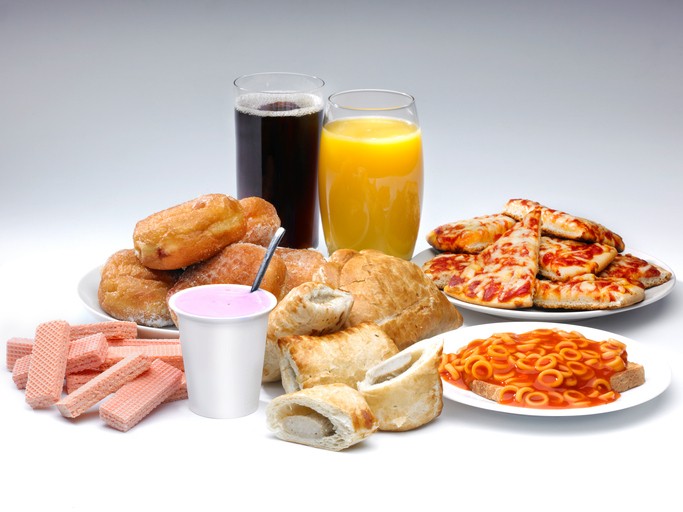
Two things food manufacturers love are sugar and salt for the same reason: they’re a cheap way to make cheap, tasteless food instantly palatable. But unlike sugar, salt is a miracle ingredient that not only serves as a seasoning, but also acts as a preservative that makes food items last longer and substitute for otherwise expensive herbs and spices.
3. Food has an ideal sound
It doesn’t seem as important now, but some foods have an “ideal” sound you need to look for ensure maximum freshness. For instance, in the case of potato chips, people tend to buy them more if they have a louder crunch. The average potato chips snaps at about two kilos of pressure for every 2.25 square inch, or which is about 12 to 14 psi.

4. “Healthy” cereal isn’t as healthy as you think
Cereal contains more sugar and carbs than you would think, and it doesn’t help that it says “multigrain” on the label. Even if the cereal is made from whole grain, much of the extra vitamins and minerals are destroyed in the process of making the cereal.
However, the good news is that you can still enjoy your bowl of healthy cereal in the morning – as long as your cereal contains less than eight grams of sugar per serving.
5. There’s no need to worry about synthetic flavoring
Ever since artificial sweeteners started to become really popular, the use of synthetic flavoring has stuck around, and it’s likely to stay in your pantry for a long time. But that synthetic vanilla extract isn’t necessarily bad for you – in fact, it’s just as good as the original.
Read MorePosted by Editor | 0 Comments
Foods Rich in Omega 3
Staying fit and healthy could be a struggle in today’s generation as the world keeps on getting busier and busier and cities get bigger and bigger. While exercise is an important factor for health, experts often say that health comes from the kitchen. Some foods that help in keeping a person healthy are those rich in omega 3 fatty acids. Omega 3 helps in curbing hunger, in protecting the heart against diseases, and in keeping the brain healthy. Some of the following foods are rich and omega 3 and could very well help you in your long-term health.
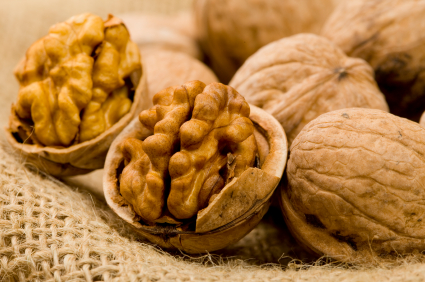
Walnuts
Among the many variants of nuts, walnuts are the most omega 3 packed. Walnuts also contain a lot of antioxidants and vitamins to help keep the body clean and healthy.
Chia Seeds
Although very tiny, these seeds are jam-packed with healthy goodness such as omega 3. Chia seeds, since tasteless, are best added to meals such as salads, oats, and protein shakes.
Grass-fed Beef
Grass is rich in omega 3 and other antioxidants. That’s why free-range cows that eat grass and other greens are better options for omega 3.
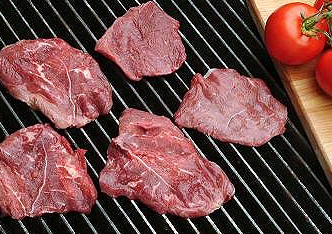
Free-range Chicken Eggs
Eggs are already healthy by themselves due to the amount of protein and other vitamins. Free-range chicken eggs are even healthier as free-range chicken feed on omega 3 rich greens such as seeds and nuts.
Beans
Beans are normally known to be some of the best sources of protein. But, they are actually also one of the best sources of omega 3 as only a cup of it already fills up a person’s daily need for omega 3.

Posted by Editor | 0 Comments
Salad Dressings You Might Like
There are many Singaporean women who are lean. What is their secret? Most of them will reveal that they employed the help of salads. Now, if you want to be lean, you need to infuse salads in your meals. The good news here is you can choose your own dressings or even make one.
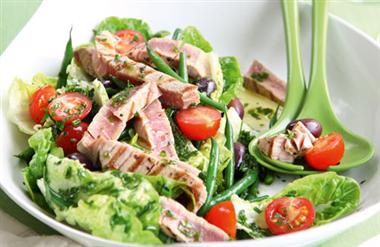
If you go to famous salad restaurants here in Singapore, you will find many dressings but here are famous dressings that you might like:
- Ranch dressing – If you like a simple dressing, ranch dressing is the best for you. This dressing is simple yet it is very creamy. It is only made of buttermilk and mayonnaise. If you want to put mint, you are free to do so.
- Blue cheese dressing – You love dipping your wings or your celery over blue cheese. You can actually make a dressing out of it.
- Balsamic vinaigrette – Balsamic vinaigrette is a classic. For spur-of-the-moment salad cravings, balsamic vinaigrette is the perfect one. Balsamic vinaigrettes are widely available in supermarket near you.
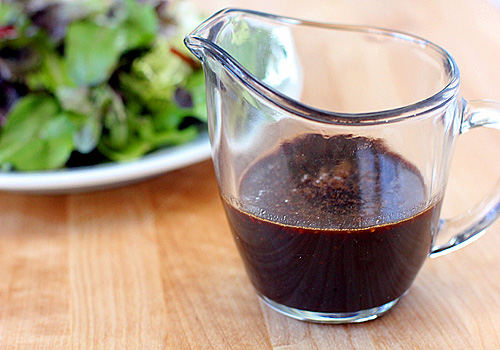
- Caesar dressing – Caesar dressing is also a classic. Apart from salads, this dressing can also be used to give a different taste for fresh and grilled foods.
- Honey mustard dressing – If you love the taste of honey, the honey mustard dressing will never fail you. It will give your salads fresh taste.
Actually there are myriad of salad dressings out there. As much as you love salads, there are others that think salads are common, un-flavourful and boring. You should not listen to them and do eat what you want. Based from the dressings mentioned above, salads will never be too common, un-flavourful or boring for you.
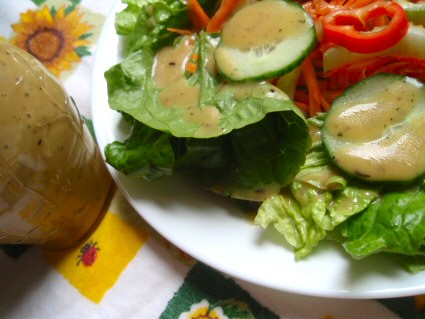
Posted by Editor | 0 Comments
The Health Benefits of Fruits
Fruits importers and exporters in the country has assures the public that there is no fruit shortage despite the long dry spell. 40% of Singapore’s fruit supply comes from the neighbouring Malaysia. Unfortunately, the supply of some fruits, like papayas, from Malaysia will decline by half next week.
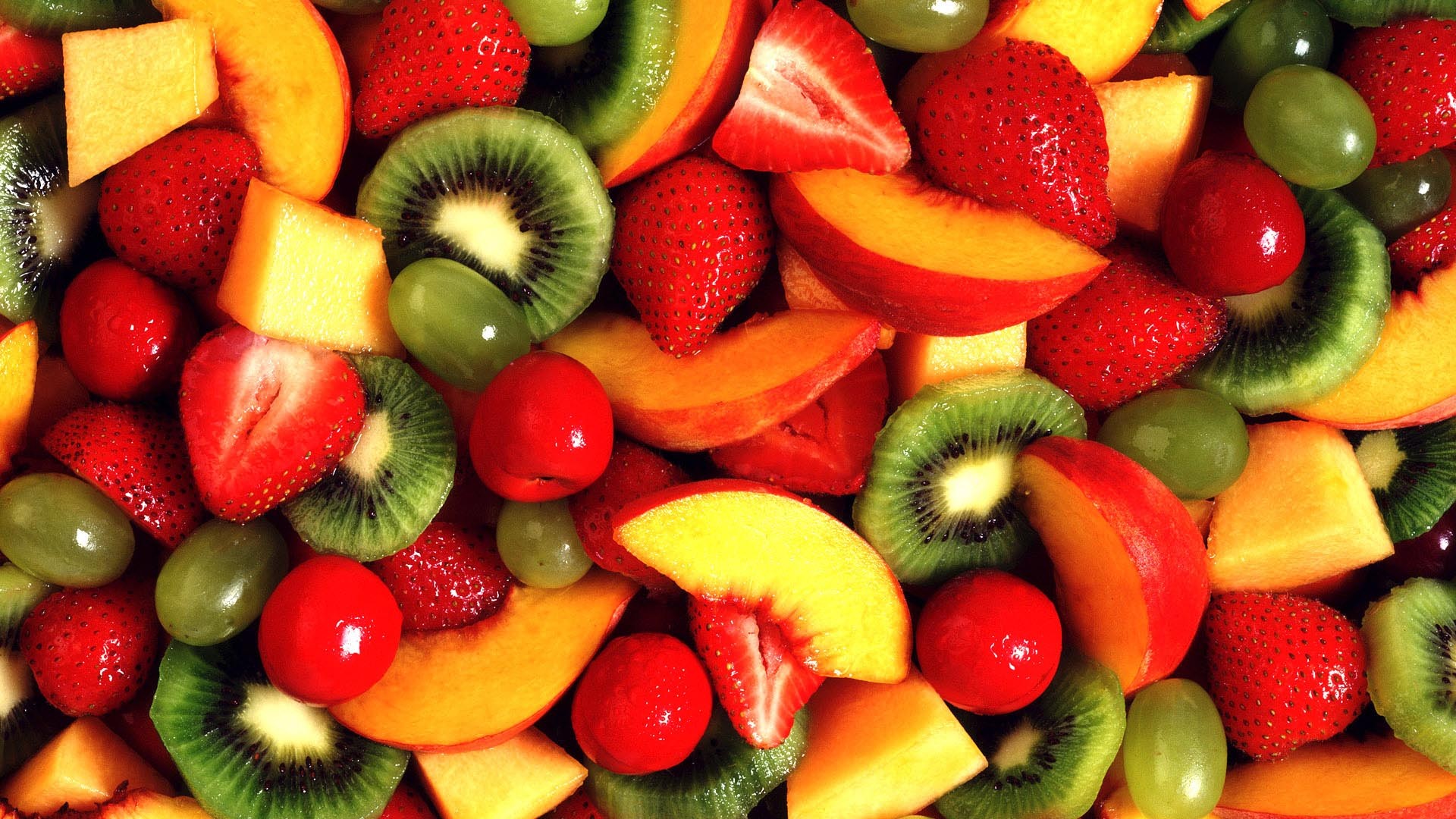
The government is assuring that there are other countries that they can get supplies from. There’s Thailand, Indonesia and Vietnam. Singaporeans should expect though that the prices could go double if this phenomenon happens. The price does not matter because the health benefits overpower it. Here are the benefits of fruits:
- Papayas: For girls that are conscious about their skin, papayas are great. It can get rid of acne and other skin infections because it can assist in the opening of clogged pores. Papayas can revive dead skin cells giving you a glowing skin. You can use it as a face pack if you want. Papaya can also help fight cholesterol because of its fibres. Perhaps the most common benefit is relief from constipation and aids digestion.

- Pineapples: Pineapples are packed with vitamin c, vitamin a, potassium, phosphorus, calories and fibre which are good for the body. You need to know that it strengthens the bones and it can effectively prevent colds and cough. Experts also found out that pineapples can keep the gums healthy plus it can reduce the risks of macular degeneration. Like papayas, pineapples also improve digestion.
- Guavas: Guava can facilitate weight loss. Guavas are rich in vitamins, fibre and vitamins. Guavas only contain little sugar compared to other fruits like apples and grapes. It is also good for the eyesight because of vitamin a which is known to boost eyesight.
Papayas, pineapples and guavas will do the trick. If you want to live healthy, start by consuming lots of fruits and vegetables.
